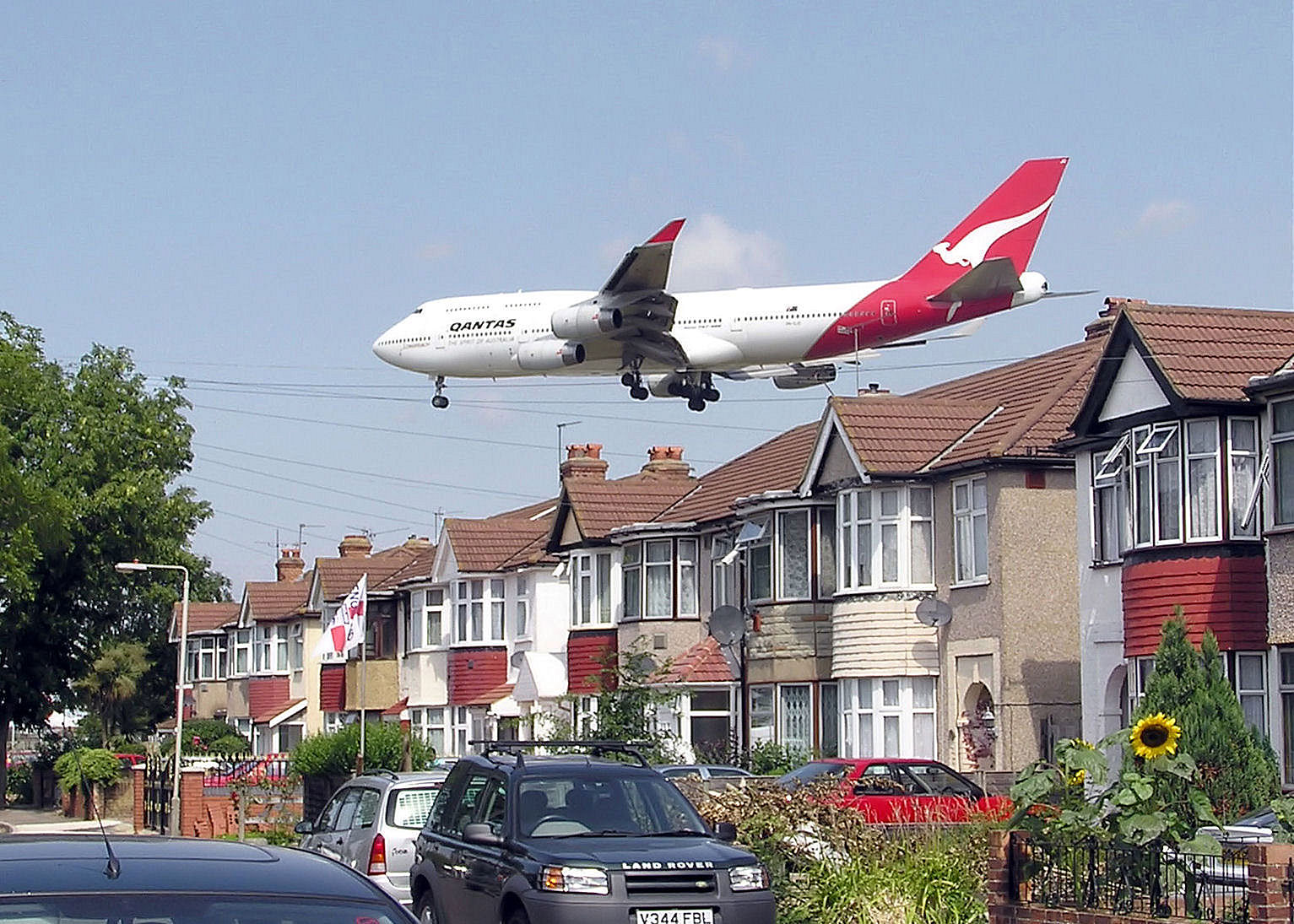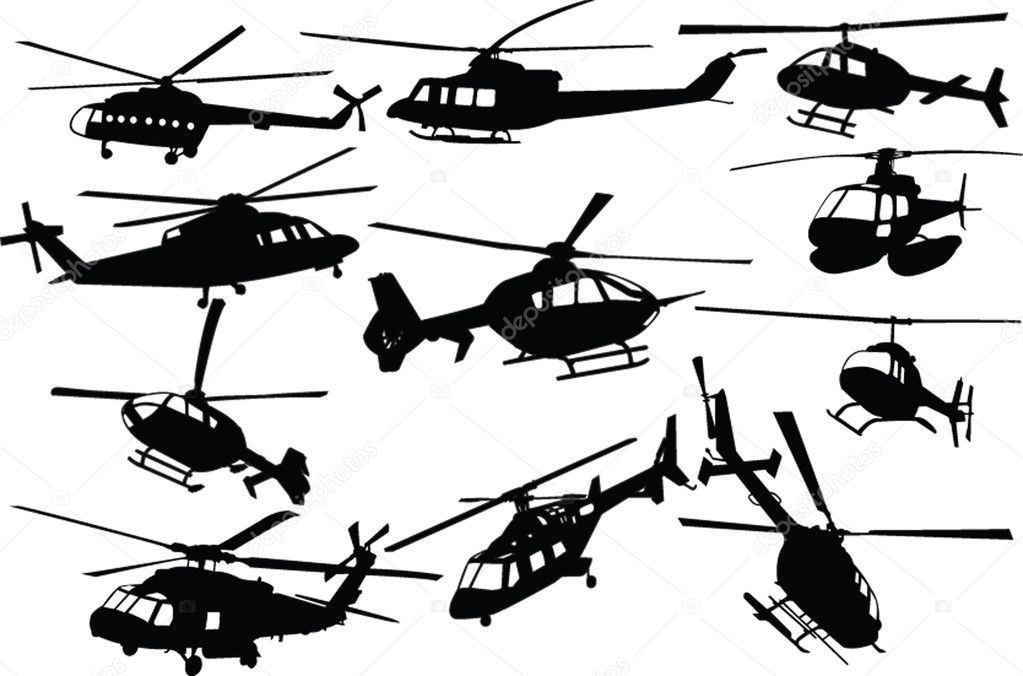My topic is that
VOLUME 1; Aircraft Noise Definitions and Chapter 1
I will describe the Aircraft Noise Definitons and Chapter 1
AIRCRAFT NOICE DEFINITIONS
Aeroplane. A power-driven
heavier-than-air aircraft, deriving its lift in flight chiefly from aerodynamic
reactions on surfaces which remain fixed under given conditions of flight.
Aircraft. Any machine that can
derive support in the atmosphere from the reactions of the air other than the
reactions of the air against the earth’s surface.
Associated aircraft systems. Those
aircraft systems drawing electrical/pneumatic power from an auxiliary power
unit during ground operations.
Auxiliary power-unit (APU). A self-contained
power-unit on an aircraft providing electrical/pneumatic power to aircraft
systems during ground operations.
Bypass ratio. The
ratio of the air mass flow through the bypass ducts of a gas turbine engine to
the air mass flow through the combustion chambers calculated at maximum thrust
when the engine is stationary in an international standard atmosphere at sea
level.
Derived version of a helicopter. A
helicopter which, from the point of view of airworthiness, is similar to the
noise certificated prototype but incorporates changes in type design which may
affect its noise characteristics adversely.
Note
1.— In
applying the Standards of this Annex, a helicopter that is based on an existing
prototype but which is considered by the certificating authority to be a new
type design for airworthiness purposes shall nevertheless be considered as a
derived version if the noise source characteristics are judged by the
certificating authority to be the same as the prototype.
Note
2.— “Adversely” refers to an increase of more than 0.30 EPNdB in any
one of the noise certification levels for helicopters certificated according to
Chapter 8 and 0.30 dB(A) in the certification level for helicopters
certificated according to Chapter 11.
Derived version of an aeroplane. An
aeroplane which, from the point of view of airworthiness, is similar to the
noise certificated prototype but incorporates changes in type design which may
affect its noise characteristics adversely.
Note
1.— Where the certificating authority finds that the proposed change
in design, configuration, power or mass is so extensive that a substantially
new investigation of compliance with the applicable airworthiness regulations
is required, the aeroplane should be considered to be a new type design rather
than a derived version.
Note 2.— “Adversely”
refers to an increase of more than 0.10 dB in any one of the noise
certification levels unless the cumulative effects of changes in type design
are tracked by an approved procedure in which case “adversely” refers to a
cumulative increase in the noise level in any one of the noise certification
levels of more than 0.30 dB or the margin of compliance, whichever is smaller.
External equipment (helicopter). Any
instrument, mechanism, part, apparatus, appurtenance, or accessory that is
attached to or extends from the helicopter exterior but is not used nor is
intended to be used for operating or controlling a helicopter in
flight and is
not part of an airframe or engine.
Helicopter. A
heavier-than-air aircraft supported in flight chiefly by the reactions of the
air on one or more power-driven rotors on substantially vertical axes.
Human performance. Human
capabilities and limitations which have an impact on the safety and efficiency
of aeronautical operations.
Recertification. Certification
of an aircraft with or without a revision to its certification noise levels, to
a Standard different to that to which it was originally certificated.
Self-sustaining powered sailplane. A
powered aeroplane with available engine power which allows it to maintain level
flight but not to take off under its own power.
State of Design. The
State having jurisdiction over the organization responsible for the type
design.
Subsonic aeroplane. An
aeroplane incapable of sustaining level flight at speeds exceeding flight Mach
number of 1.
Type Certificate. A
document issued by a Contracting State to define the design of an aircraft type
and to certify that this design meets the appropriate airworthiness
requirements of that State.
CHAPTER 1.
1.1 The provisions of 1.2 to 1.6 shall apply
to all aircraft included in the classifications defined for noise certification
purposes in Chapters 2, 3, 4, 5, 6, 8, 10, 11 and 12 of this part where such
aircraft are engaged in international air navigation.
1.2
Noise certification shall be
granted or validated by the State of Registry of an aircraft on the basis of
satisfactory evidence that the aircraft complies with requirements that are at
least equal to the applicable Standards specified in this Annex.
1.3
If noise recertification is
requested, it shall be granted or validated by the State of Registry of an
aircraft on the basis of satisfactory evidence that the aircraft complies with
requirements that are at least equal to the applicable Standards specified in
this Annex. The date used by a certificating authority to determine the
recertification basis shall be the date of acceptance of the first application
for recertification.
1.4
The documents attesting
noise certification shall be approved by the State of Registry and shall be
required by that State to be carried on the aircraft.
Note.—
See Annex 6, Part I, 6.13,
concerning the translation into English of documents attesting noise
certification.
1.5
The documents attesting noise
certification for an aircraft shall provide at least the following information:
Item 1. Name of State.
Item 2. Title of the noise document.
Item 3. Number of the document.
Item 4. Nationality or common mark and
registration marks.
Item 5. Manufacturer and manufacturer’s
designation of aircraft.
Item 6. Aircraft serial number.
Item 7. Engine manufacturer, type and model.
Item 8. Propeller type and model for
propeller-driven aeroplanes.
Item 9. Maximum take-off mass in kilograms.
Item 10. Maximum landing mass, in kilograms, for
certificates issued under Chapters 2, 3, 4, 5 and 12 of this Annex.
Item 11. The chapter and section of this Annex
according to which the aircraft was certificated.
Item 12. Additional modifications incorporated for the purpose of compliance
with the applicable noise certification Standards.
Item 13. The lateral/full-power noise level in
the corresponding unit for documents issued under Chapters 2, 3, 4, 5 and 12 of
this Annex.
Item 14. The approach noise level in the
corresponding unit for documents issued under Chapters 2, 3, 4, 5, 8 and 12 of
this Annex.
Item 15. The flyover noise level in the
corresponding unit for documents issued under Chapters 2, 3, 4, 5 and 12 of
this Annex.
Item 16. The overflight noise level in the
corresponding unit for documents issued under Chapters 6, 8 and 11 of this
Annex.
Item 17. The take-off noise level in the
corresponding unit for documents issued under Chapters 8 and 10 of this Annex.
Item 18. Statement of compliance, including a
reference to Annex 16, Volume I.
Item 19. Date of issuance of the noise
certification document.
Item 20. Signature of the officer issuing it.
1.6
Item headings on the noise
certification documents shall be uniformly numbered in Arabic numerals, as
indicated in 1.5, so that on any noise certification document the number will,
under any arrangement, refer to the same item heading, except where the
information in Items 1 through 6 and Items 18 through 20 is given in the
certificate of airworthiness, in which case the numbering system of the
certificate of airworthiness according to Annex 8 shall prevail.
1.7
An administrative system for
implementation of noise certification documentation shall be developed by the
State of Registry.
Note.—
See Attachment G for
guidance on the format and structure of noise certification documentation.
1.8
Contracting States shall
recognize as valid a noise certification granted by another Contracting State
provided that the requirements under which such certification was granted are
at least equal to the applicable Standards specified in this Annex.
1.9
A Contracting State shall
suspend or revoke the noise certification of an aircraft on its register if the
aircraft ceases to comply with the applicable noise Standards. The State of
Registry shall not remove the suspension of a noise certification or grant a
new noise certification unless the aircraft is found, on reassessment, to
comply with the applicable noise Standards.
1.10
The amendment of this volume
of the Annex to be used by a Contracting State shall be that which is
applicable on the date of submission to that Contracting State for:
a)
a Type Certificate in the case
of a new type; or
b)
approval of a change in type
design in the case of a derived version; or
c)
in either case, under an
equivalent application procedure prescribed by the certificating authority of
that Contracting State.
Note.—
As each new edition and
amendment of this Annex becomes applicable (according to Table A of the
Foreword) it supersedes all previous editions and amendments.
1.11 Unless otherwise specified in this
volume of the Annex, the date to be used by Contracting States in determining the
applicability of the Standards in this Annex shall be the date the application
for a Type Certificate was submitted to the State of Design, or the date of
submission under an equivalent application procedure prescribed by the
certificating authority of the State of Design.
1.12
For derived versions where
the provisions governing the applicability of the Standards of this Annex refer
to “the application for the certification of the change in type design”, the
date to be used by Contracting States in determining the applicability of the
Standards in this Annex shall be the date the application for the change in
type design was submitted to the Contracting State that first certified the
change in type design, or the date of submission under an equivalent application
procedure prescribed by the certificating authority of the Contracting State
that first certified the change in type design.
Note
1.— Unless otherwise
specified in this volume of the Annex, the edition of the Environmental
Technical Manual (Doc 9501), Volume I — Procedures for the Noise Certification
of Aircraft, to be used as guidance on the use of acceptable means of
compliance and equivalent procedures by a Contracting State should be that
which is in effect on the date the application for a Type Certificate or the
change in type design is submitted to that Contracting State.
Note
2.— The means of
compliance and the use of equivalent procedures are subject to the acceptance
of the certificating authority of the Contracting State.
1.13
An application shall be
effective for the period specified in the designation of the airworthiness
regulations appropriate to the aircraft type, except in special cases where the
certificating authority accepts an extension of this period. When this period
of effectivity is exceeded, the date to be used in determining the
applicability of the Standards in this Annex shall be the date of issue of the
Type Certificate or approval of the change in type design, or the date of issue
of approval under an equivalent procedure prescribed by the State of Design,
less the period of effectivity.

























.jpg/1024px-Join_up!_(6437228061).jpg)
